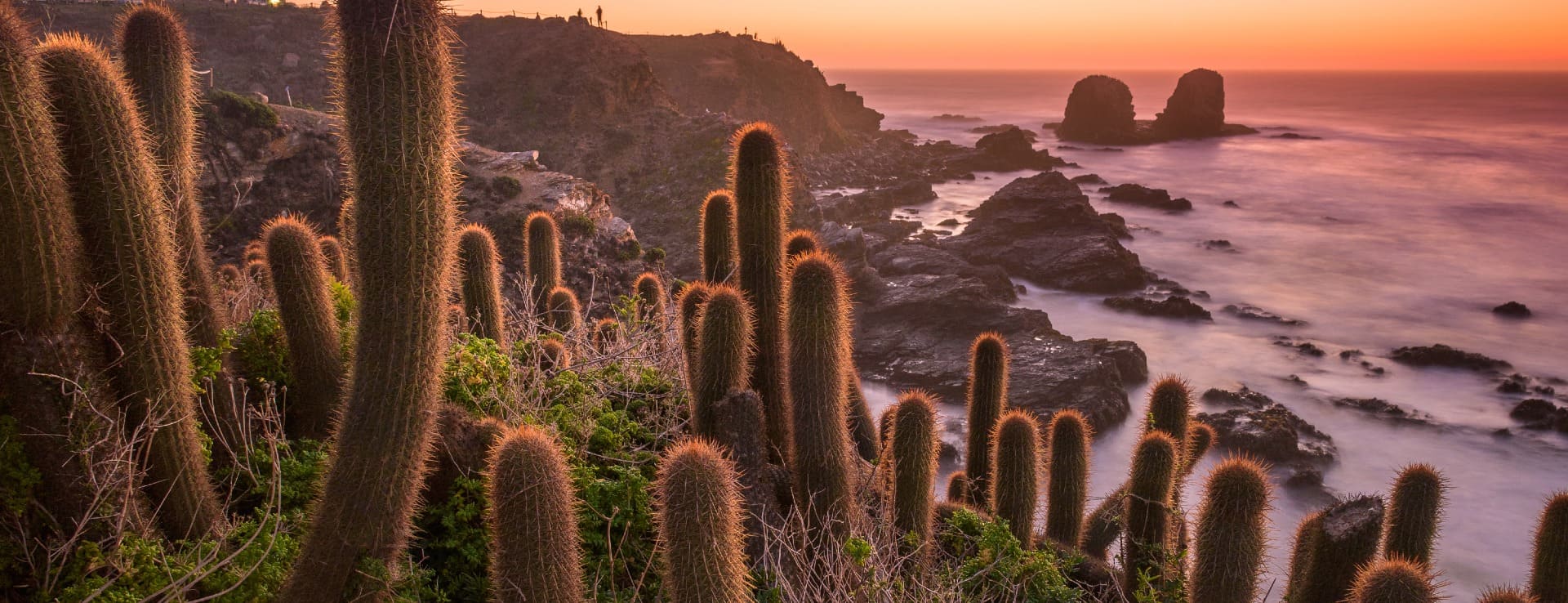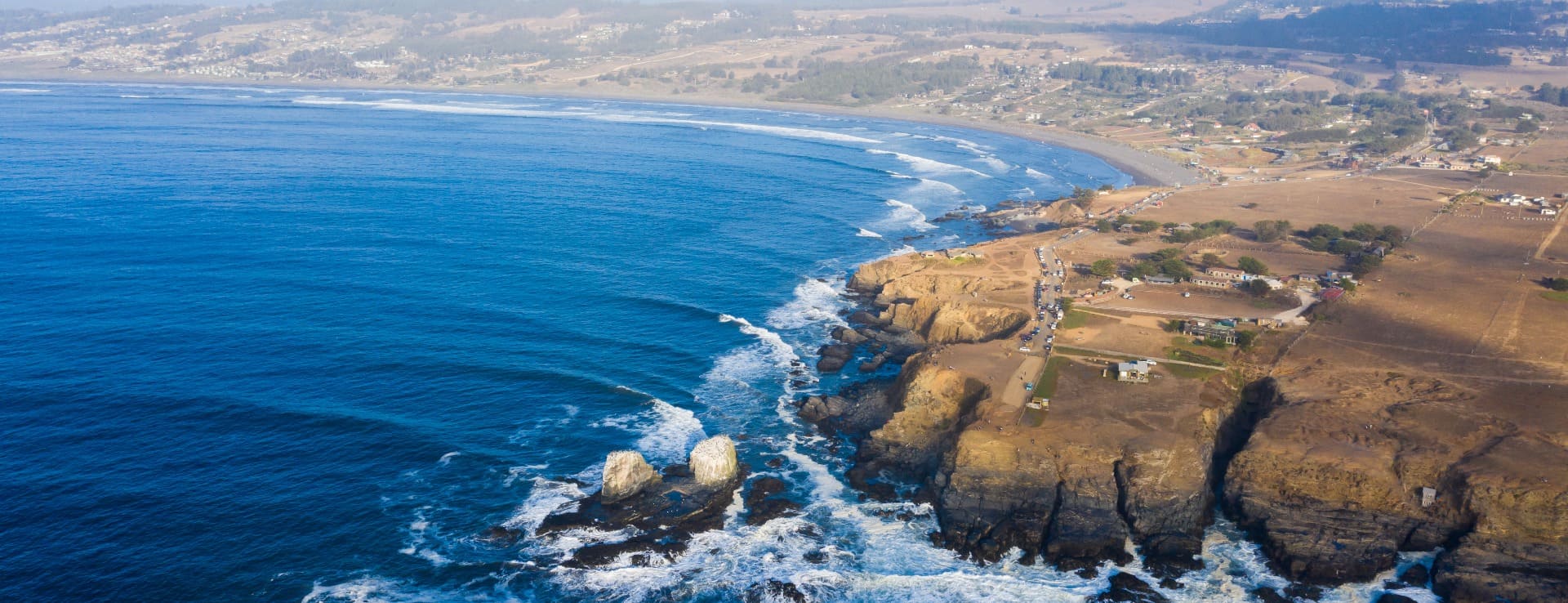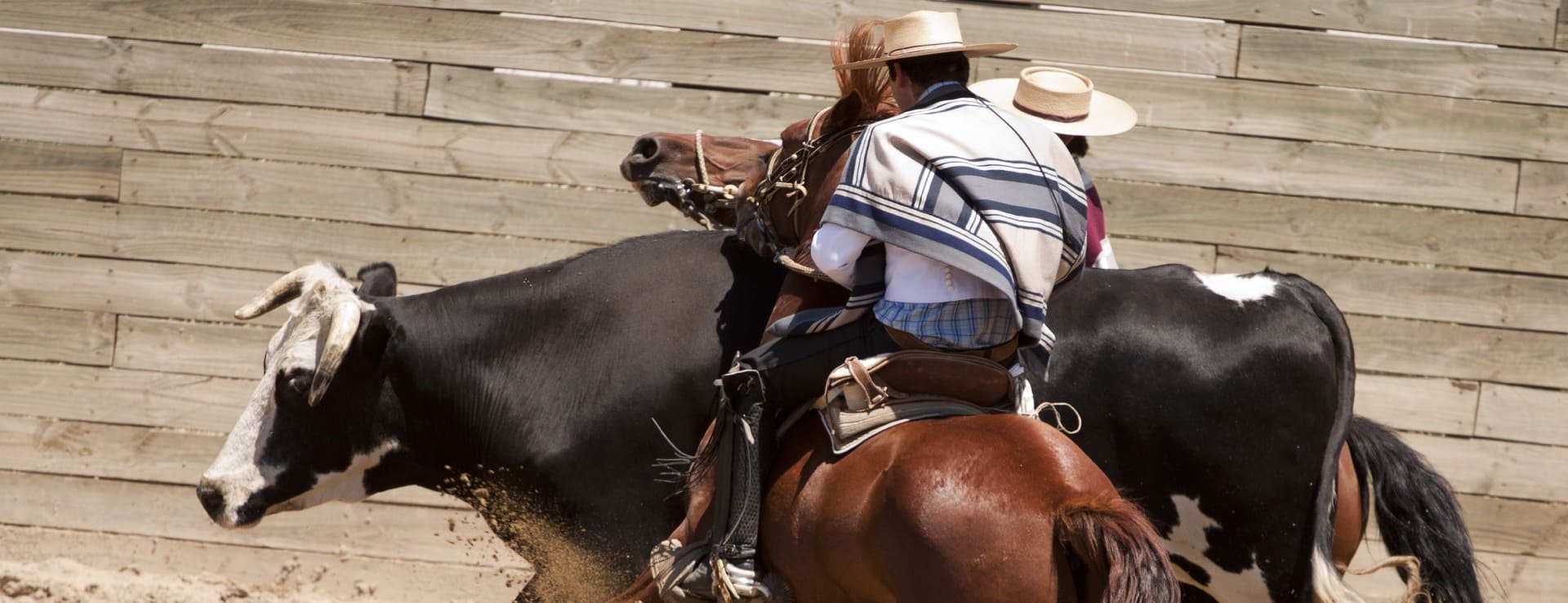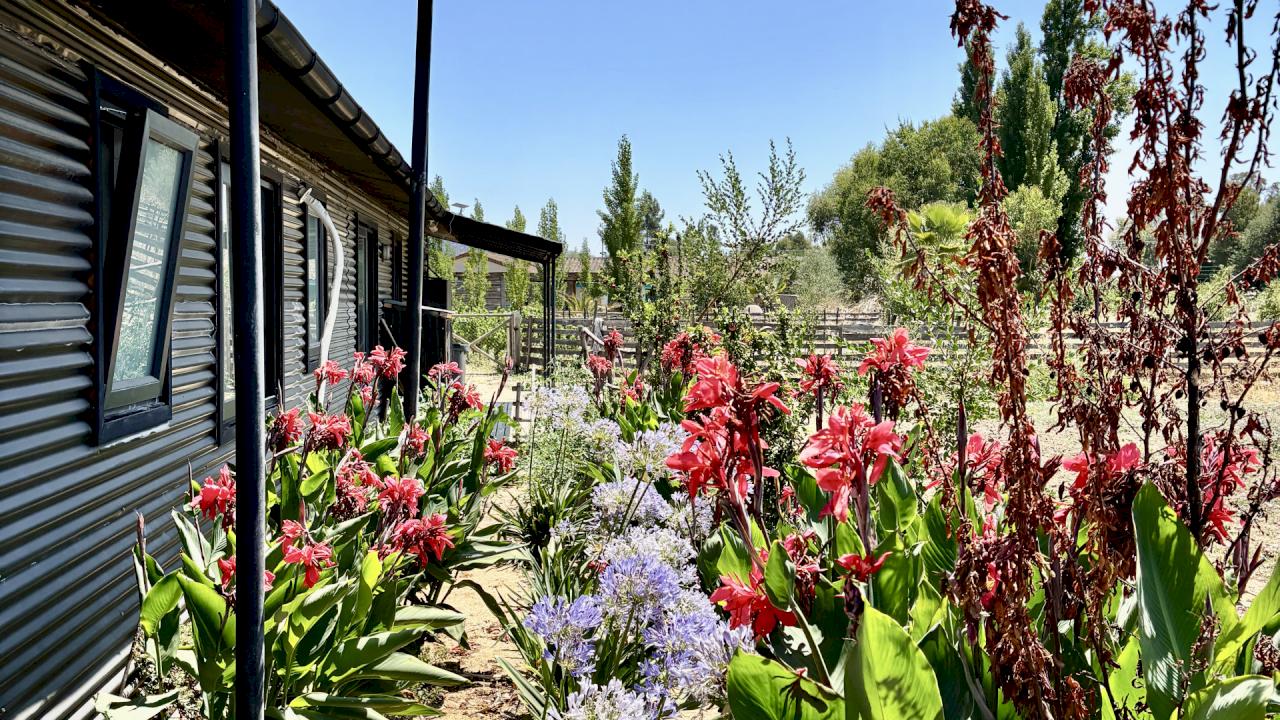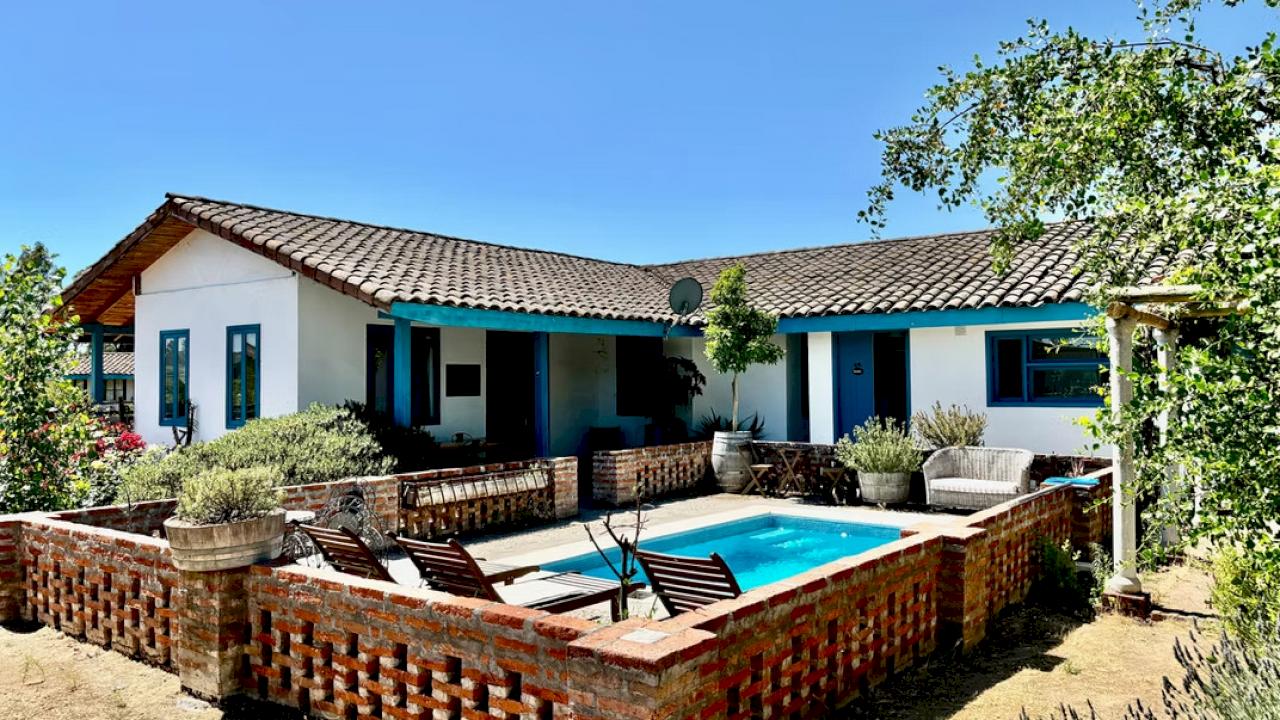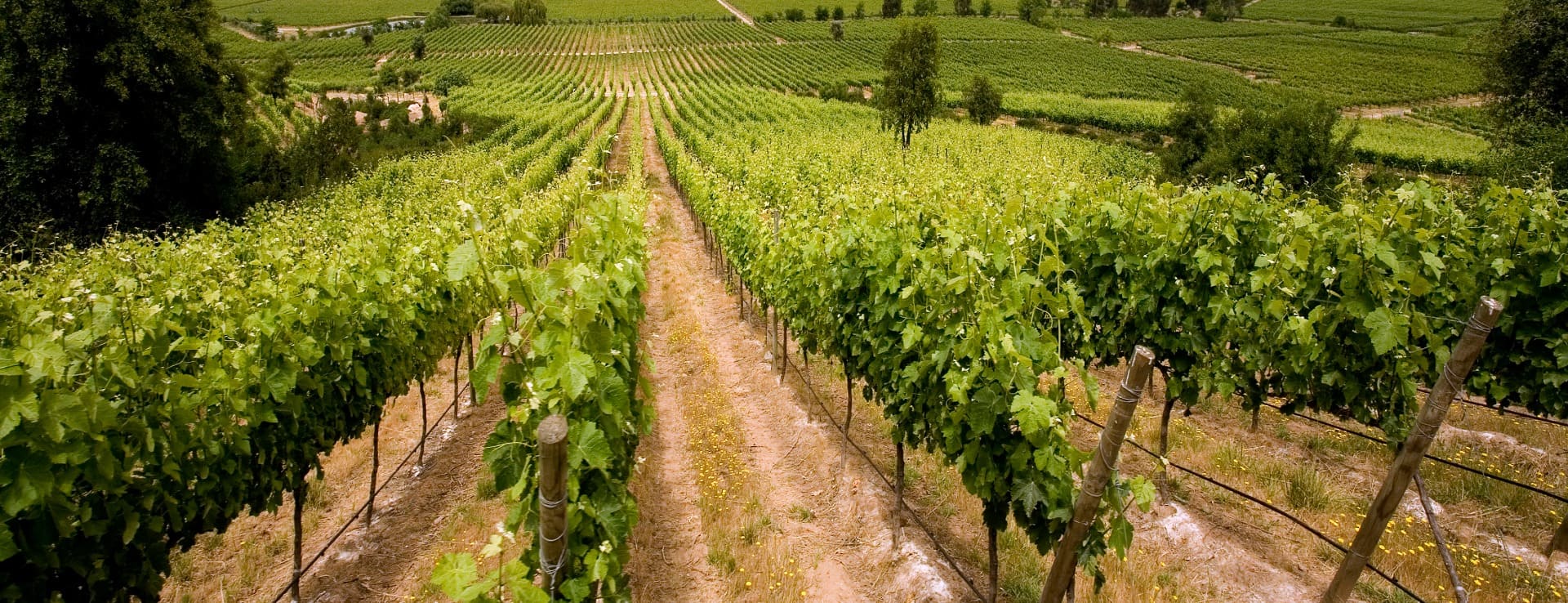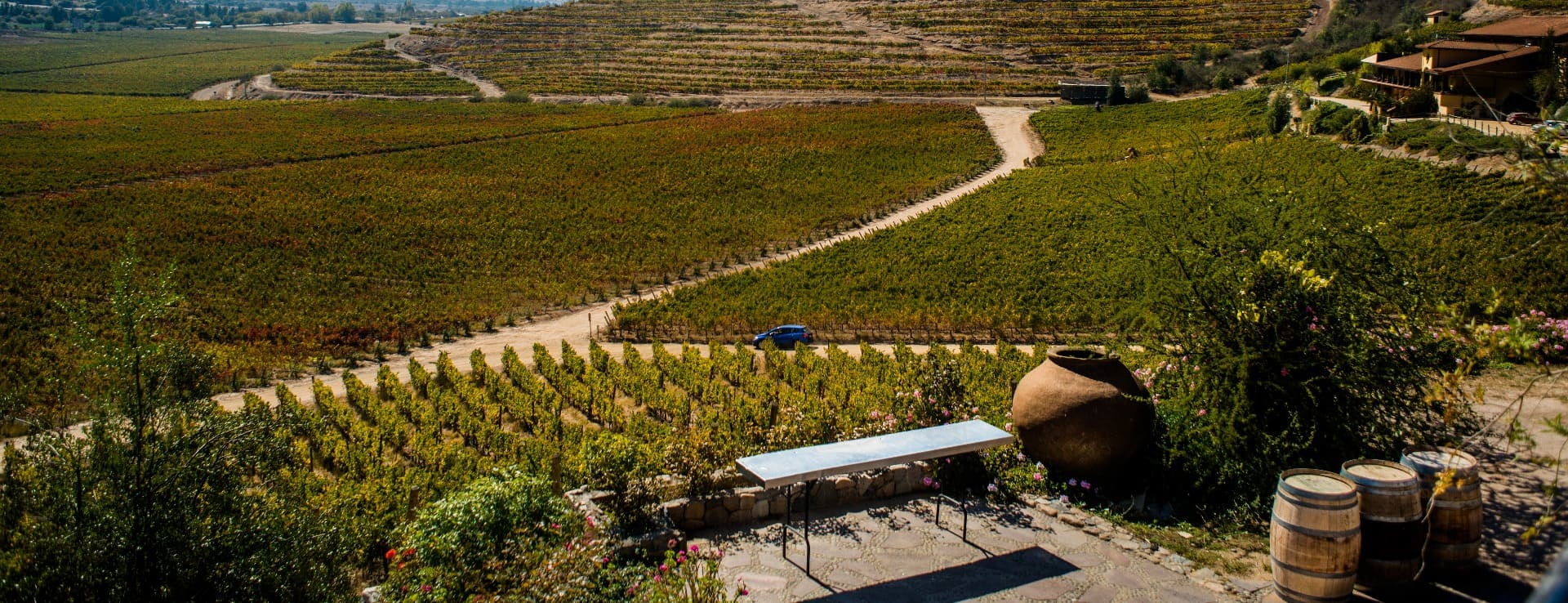Find your winery or vineyard
8 Wineries and Vineyards for sale in Libertador Bernardo O'higgins
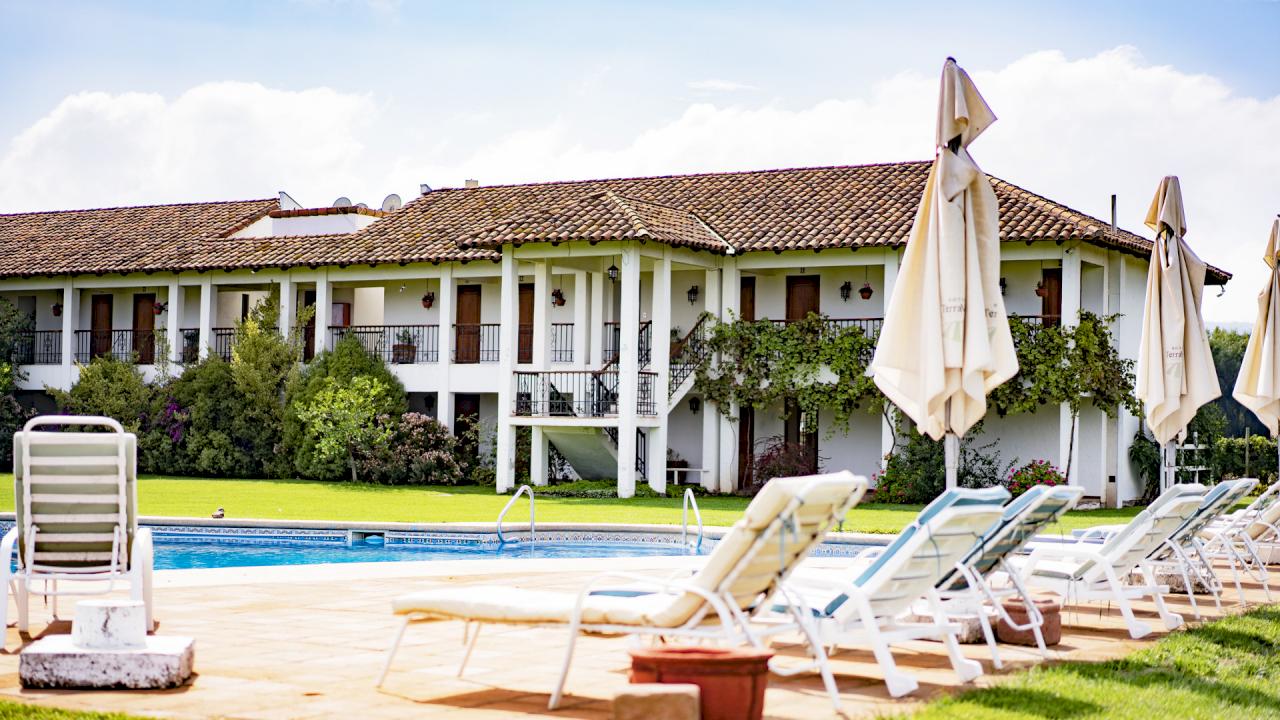
BEAUTIFULLY DESIGNED HOEL IN A FANTASTIC LOCATION
Colchagua
≈ 4.287.300.000 CLP

BEAUTIFUL HOME WITH HIGHLY PROFITABLE CHERRY PLANTATION
Colchagua
≈ 651.000.000 CLP
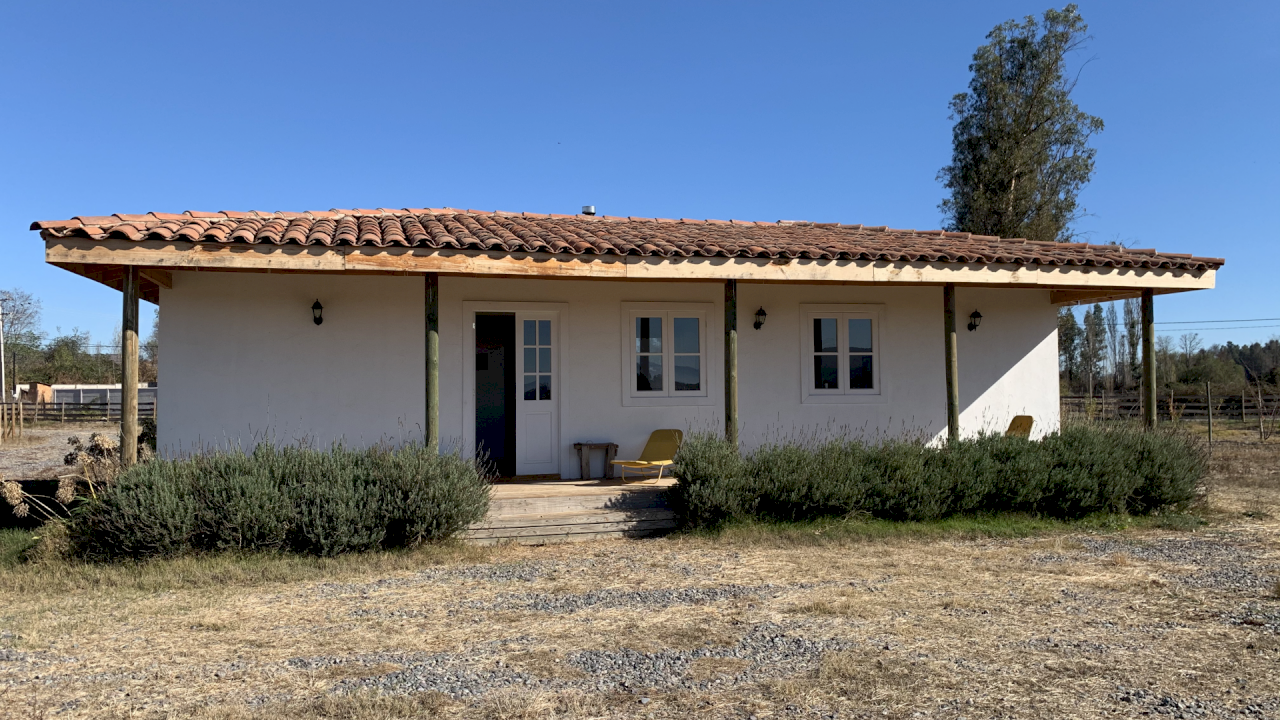
CHARMING COLONIAL-STYLE COTTAGE WITH BOUTIQUE VINEYARD
Colchagua
≈ 446.400.000 CLP
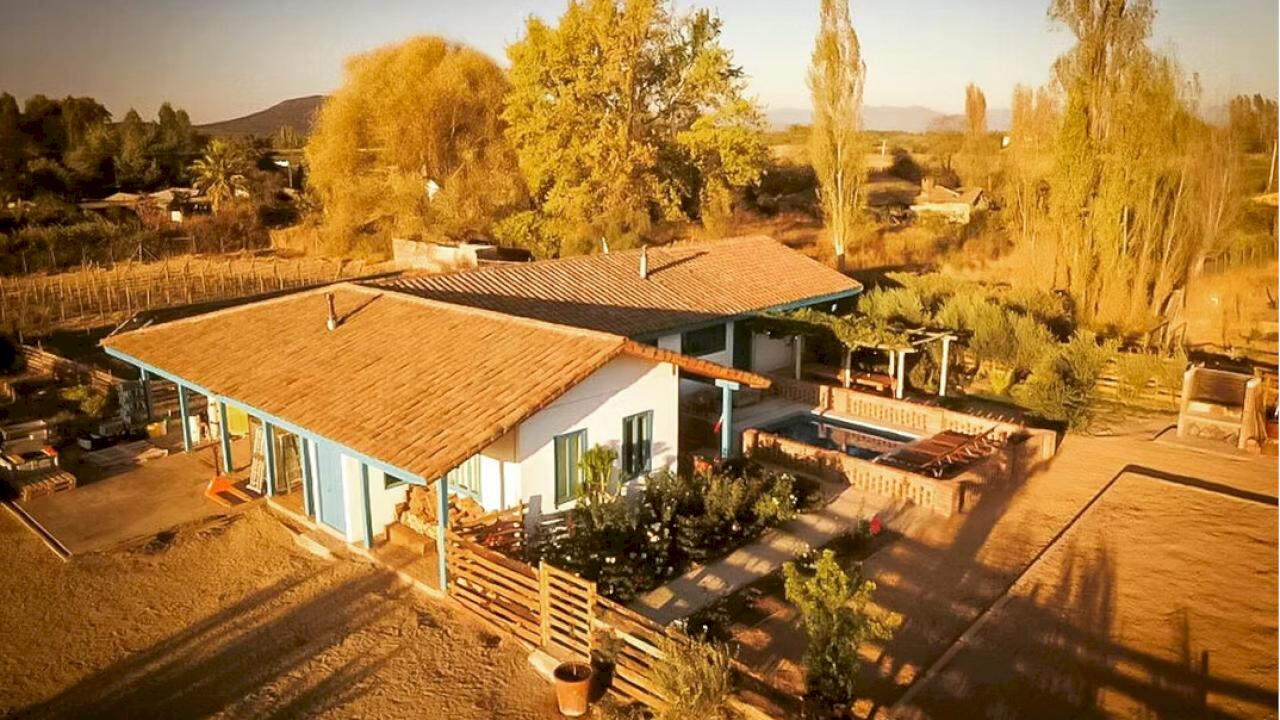
GENUINELY UNIQUE BOUTIQUE WINERY, HOTEL AND HOME
Colchagua
≈ 1.395.000.000 CLP
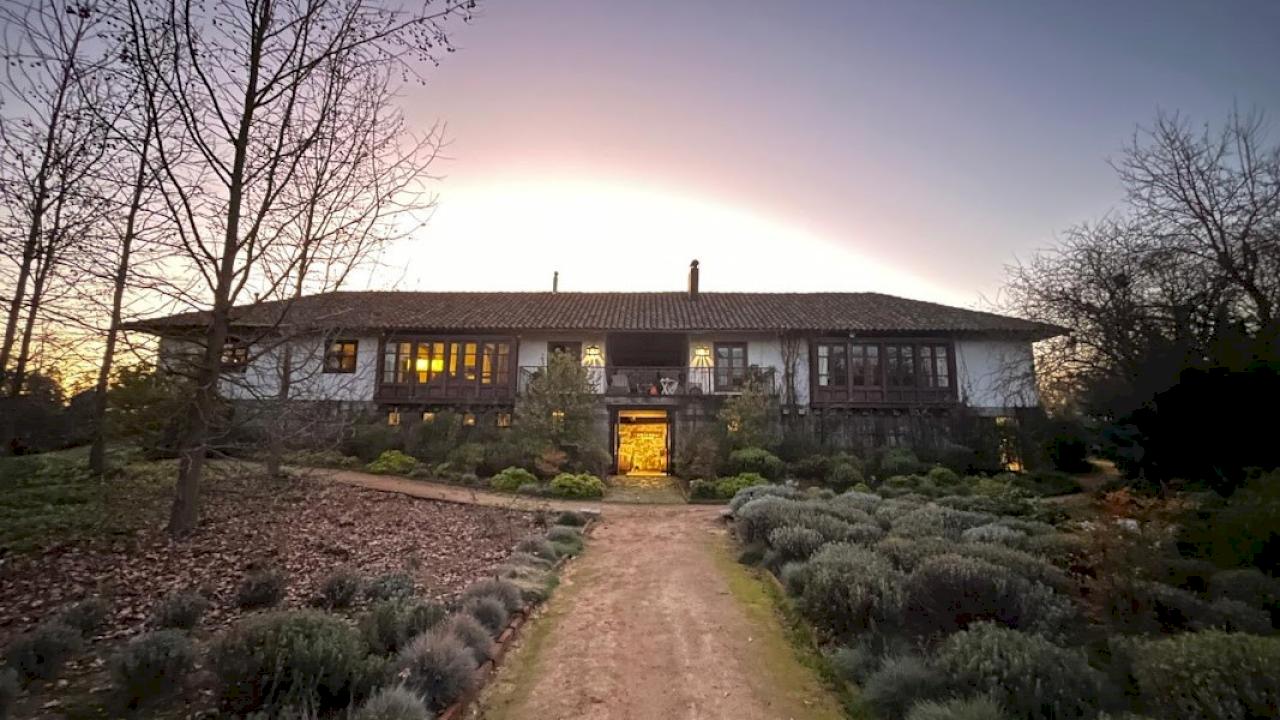
STUNNING COLONIAL-STYLE HOME, VINEYARD AND WINERY
Colchagua
≈ 2.418.000.000 CLP
Infographic of the Region
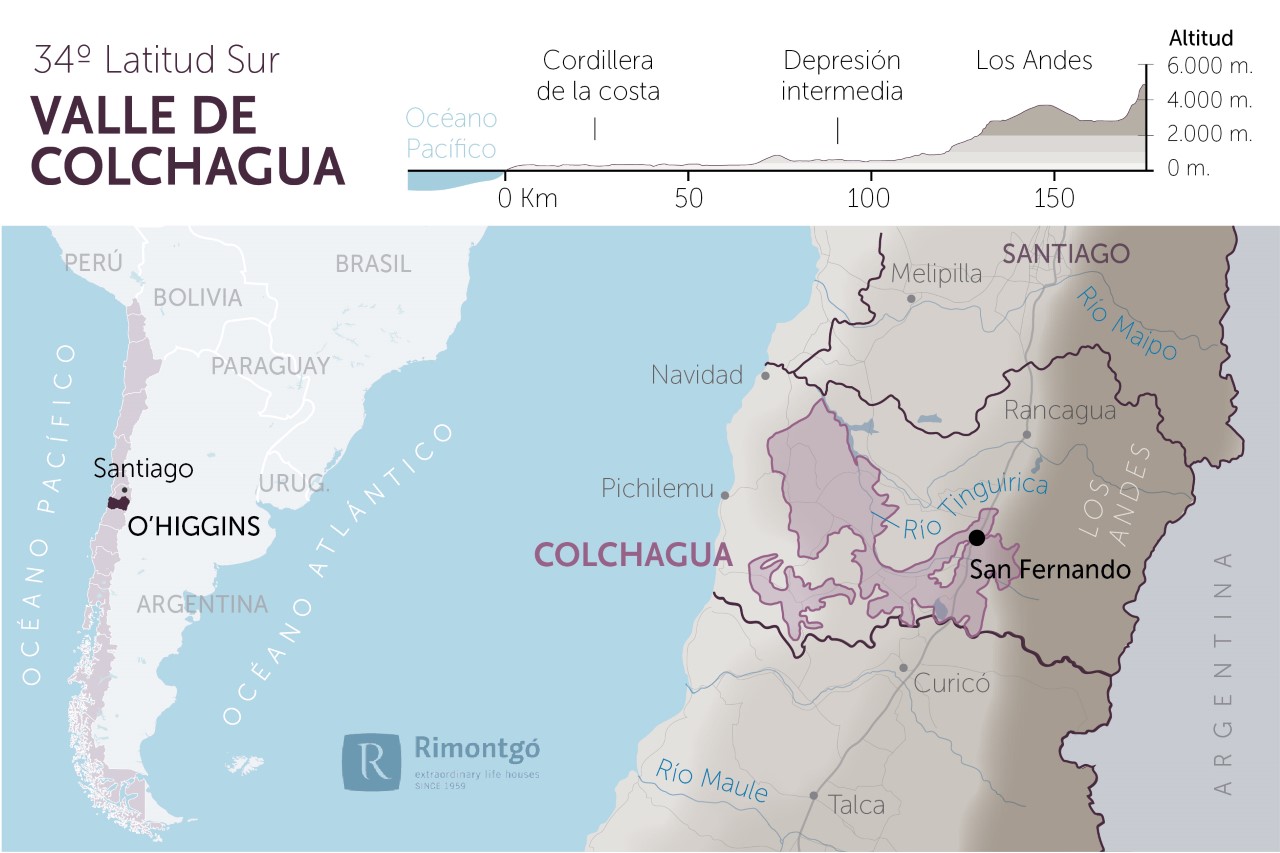
The wine production of the O’Higgins vineyards
Libertador General Bernardo O’Higgins (from now on O’Higgins region) is a Chilean region located on the central part of the country. O’Higgins borders to the east with the Argentine Republic and to the west coast with the Pacific Ocean. With respect to other regions of the country, O’Higgins limits to the northeast with the Santiago Metropolitan region, to the northwest with Valparaíso and to the southernmost part with the Maule region. The name of this region is related to Bernardo O’Higgins, a historic Chilean person considered both liberator and the “Father of the Nation”. O’Higgins was a military (without prior education) and a politician, descending from Spanish and Irish ancestors. His role during the process of independence of Chile from the Spanish empire was crucial and also under his mandate the Chilean country achieved milestones such as the successive Constitution of 1818 and 1822, as well as the flag and the national anthem. O’Higgins who also served as Viceroy of Peru, took up exile to the latter country in which died in 1842.
O’Higgins is a region with a population of more than 900,000 inhabitants and formed by three provinces: Colchagua, Cachapoal and Cardenal Caro. The capital of the region is the city of Rancagua, although the most populated area in the suburbs of the so-called Gran Rancagua comprised of the cities of Rancagua, Machalí and Gultro, which gather together about 300,000 people. The second most important city of the region is San Fernando with approximately 73,000 inhabitants. It is necessary to point out that the region of O’Higgins gathers a large percentage of rural population out of its total population. In this aspect, it is only surpassed in Chile by the neighbouring region of Maule.
The O’Higgins region is well-known within the country by spreading the traditional figure of the “huaso” (also called “guaso”), countryman or worker who carries out the typical functions of the ancient estates. This figure also extends to the Chilean horseman of the centre and south of the country, a similar figure to the neighbouring countries such as the “llanero” in Colombia and Venezuela and the “charro” in México or the “gaucho” in Río de la Plata (Argentina). The term “huaso” originates, as many others that have remained until today, from the Quechua language, specifically from the term wakcha.
As for the economic system of the region, in O’Higgins stands out, in line with the high percentage of the rural population, the predominance of agriculture, with lands suitable for the cultivation of vineyards. The winemaking subregions in the Rapel Valley are the Cachapoal Valley and the Colchagua Valley. There are wineries for sale or viñas (as they are called in Chile) in these valleys. In addition to vines, fruit groves are another of the most productive cultivations together with crop and wheat.
In addition to the importance of the farming sector, exemplified in the rise of the export of the fruit and vegetable products, the O’Higgins region stands out also for the presence of the food processing industry, as well as mining and specially the industry dedicated to the copper mining. One of the most important deposits is the copper mine El Teniente. The transformation of these minerals is an important focus in the economic aspect of the region, to which must be added the presence of hydroelectric plants (which take advantage of the waters of the Rapel River) as well as the thermoelectric plants.
From 1851 onwards, Chile registered an important progressive change in the viticulture of the central area as a result of an accelerated economic development derived from mining, especially silver, copper and later on saltpetre or nitrate from Chile. During this period solid fortunes were formed that gave rise to a Creole aristocracy lacking in nobility titles. Part of this wealthy social class sought its prestige through the production of exclusive wines, some of which are still found nowadays.
Topographically, the most important feature in the O’Higgins region is the differentiation of the topography in four strips: the Andes, the Coastal Range, Central Valley and the Coastal Plain. In the area corresponding to the Andes, the altitude is between 3000 and 4000 meters, in addition it has an important volcanic activity. In fact, the two highest massifs, El Palomo and El Tinguirica, are classified as volcanic cones. The main river in the O'Higgins region is the Rapel, which brings together water from both the Andes and the Coastal range and is formed by the union of the Tinguirica and Cachapoal rivers.
Discover more wineries and vineyards for sale in these wine regions in Chile
Subscribe to our mailing list to receive news about wineries and vineyards.

